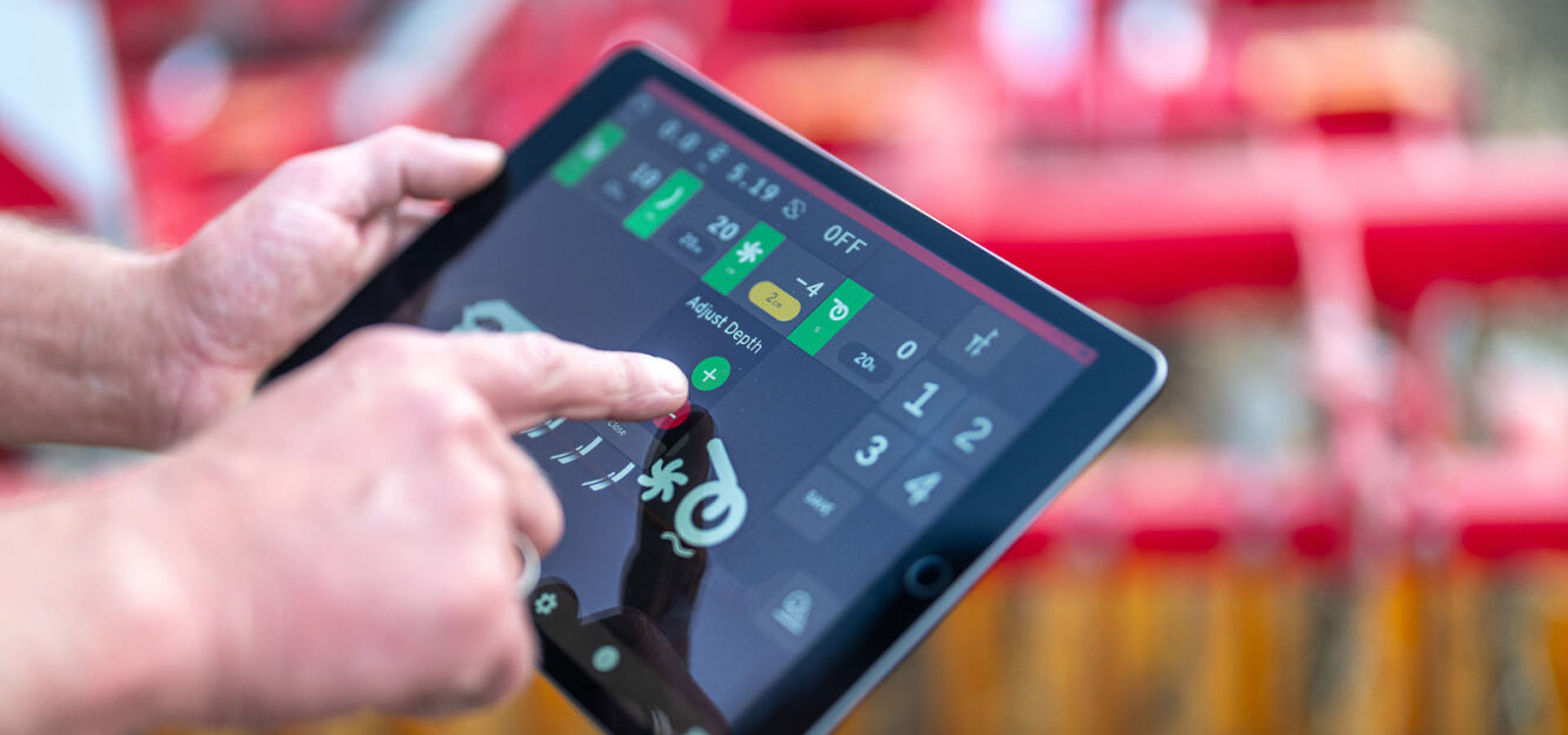
E-Services with prescription map tillage
With E-Services, the cultivators Opus and TopDown enter a new generation. The system features the iPad-based control system Väderstad E-Control and offers the possibility of applying prescription map tillage via ISOBUS Task Control.
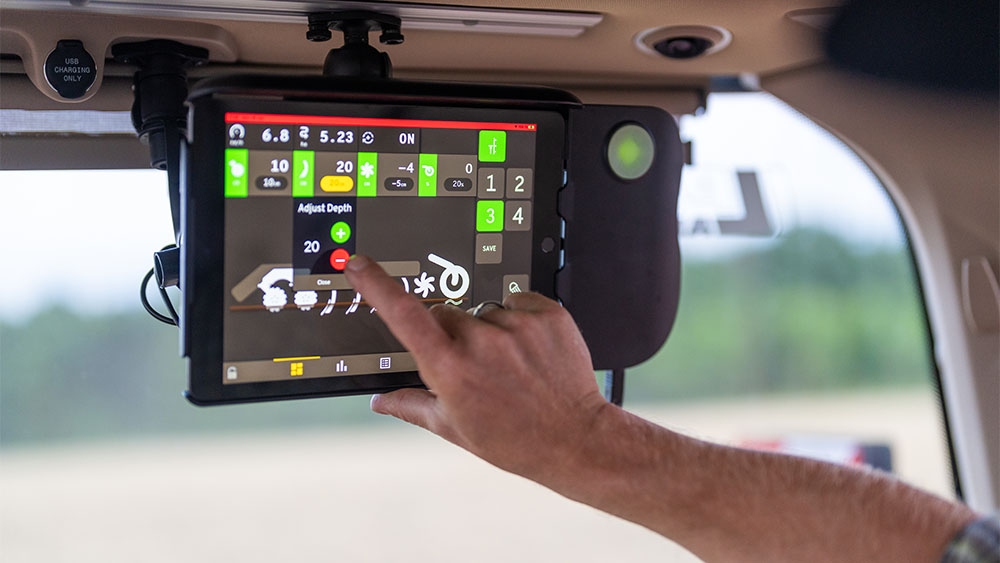
Control each working zone individually
Gain full control of the machine directly from the tractor cab. Set the individual working depth or intensity of the discs, tines, levellers, or packer on the go with a touch of a button.
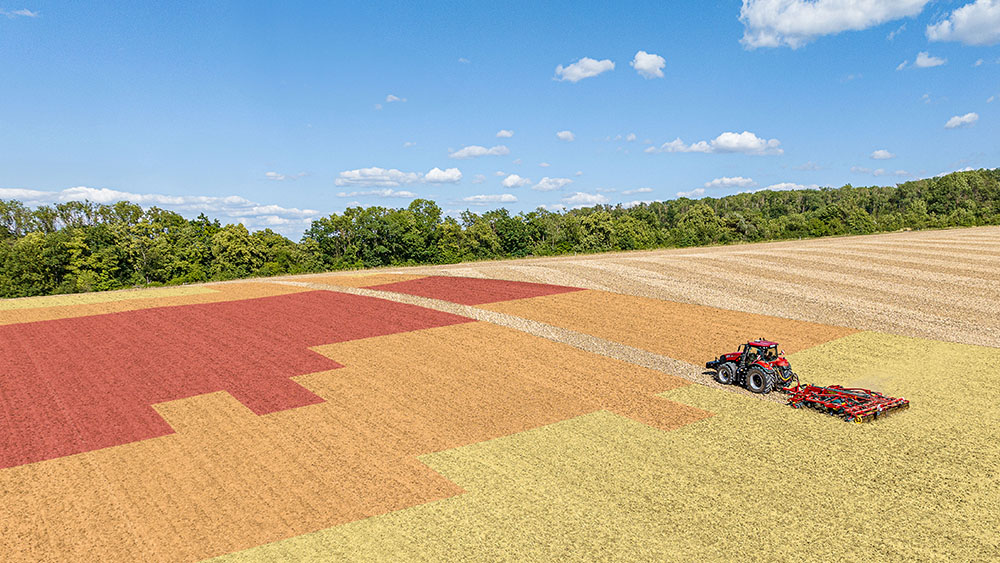
Use prescription maps
The introduction of E-Services on TopDown and Opus enables the machines to utilise prescription maps, automatically controlling the machine settings on the go using a field map.

Save diesel & improve soil health
By adapting the tillage to the soil condition you can save diesel while achieving the same yield and disturbing the soil as little as possible.

Gain full control of the machine
Adding E-Services for TopDown and Opus means that the control of the machine is fully moved to the tractor cab. This opens up the possibility of gaining full control of the machine via the iPad-based control system Väderstad E-Control, as well as operating the machine via the tractor ISOBUS terminal. In the field, the driver has three options for controlling the machine:
- Individual adjustments of each working zone
- Automatic control via a prescription map
- Quick adjustment via pre-set buttons

Individual adjustments of each working zone
Using the iPad-based control system Väderstad E-Control, the operator will be able to gain full control of the machine directly from the tractor cab. With the touch of a button, the driver can set the individual working depth or intensity of the discs, tines, levellers, or packer on the go. When one working zone is changed, the others will compensate automatically to maintain their individually selected depth.
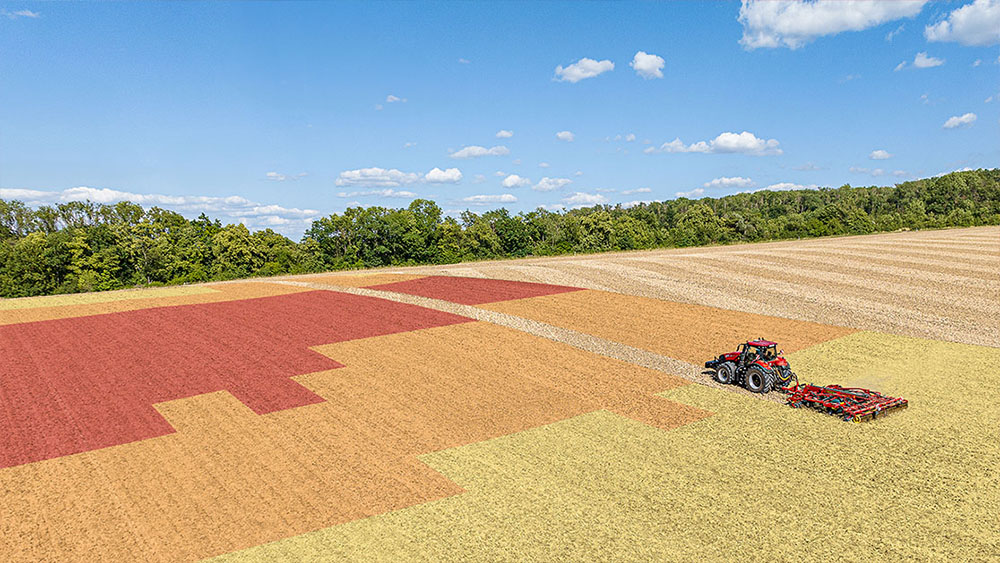
Automatic control via a prescription map
The introduction of E-Services on TopDown and Opus allows the machines to use prescription maps to adjust the machine settings automatically on the go using a field map. This means that before going to the field, the farmer can program how the individual working zones – discs, tines, levellers, and packer – should behave at specific spots in the field. Decisions can be based on, for example, a soil type map, yield map, or the farmer's own experience of the field characteristics. In the cab, the prescription map is inserted into the tractor ISOBUS terminal, which then connects to the Väderstad E-Control system to take control of the machine.
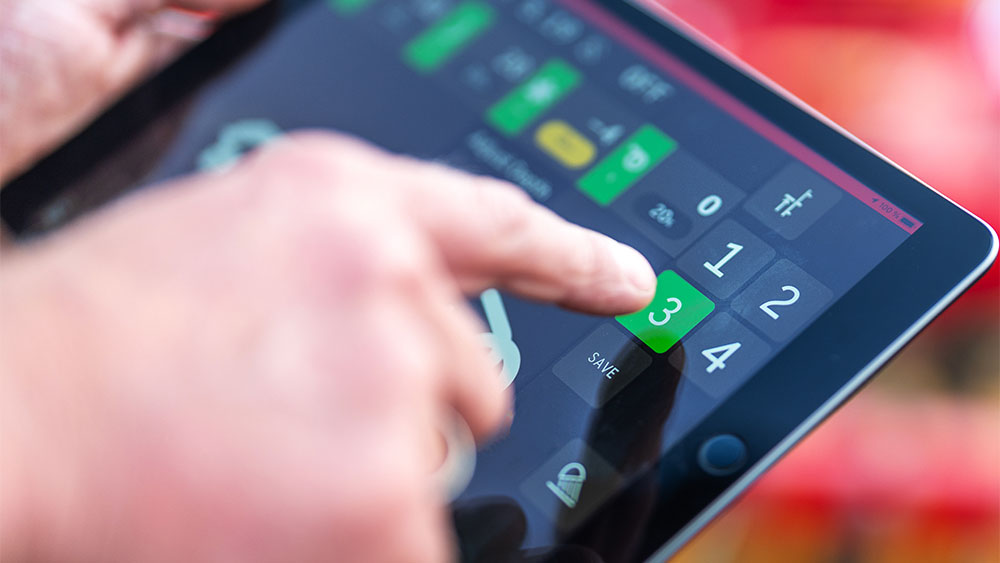
Quick adjustment via pre-set buttons
The control system is designed to support the driver in optimising the tillage operation while also enhancing the user experience. With four pre-set buttons, the farmer can store their most common machine configurations to quickly adjust multiple working zones at once. For example, using pre-set 1 for standard fieldwork, pre-set 2 for tramlines, pre-set 3 for tough areas, and so on.
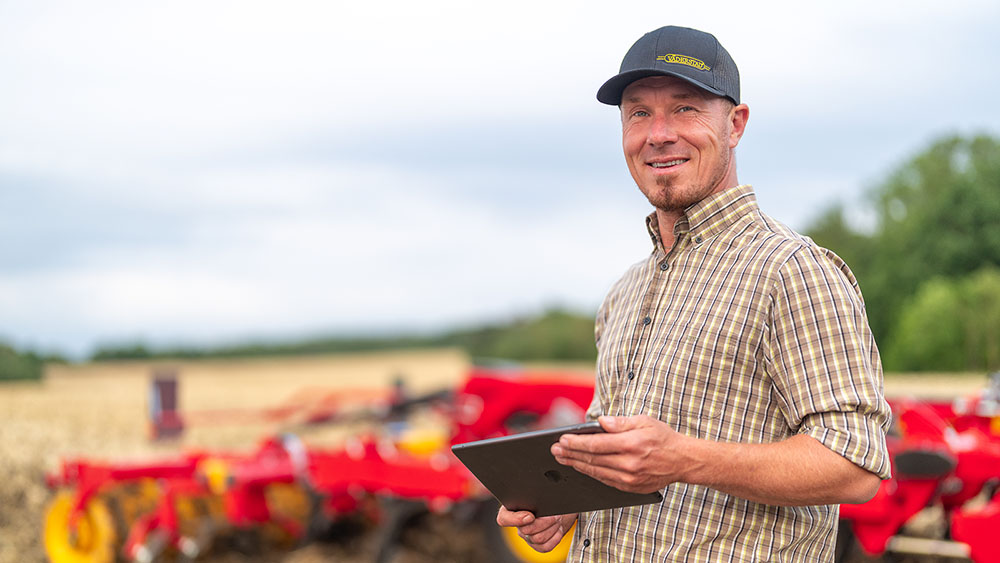
"We see a demand from farmers to optimise the tillage operation even further. By being able to adjust the machine setting to the conditions on the field, it is possible to optimise the agronomy and working results. The introduction of E-Services to TopDown and Opus is the key to this."
Wolfram Hastolz
Commercial Manager Tillage, Väderstad

The future of tillage is optimised
The next step after variable rate application of seed and fertiliser is to apply the same thinking to tillage. Here savings wait to be unleashed using the rule “as much as necessary, as little as possible”. Some of the benefits come as diesel savings and improved soil health, others by the possibility to increase the working speed as well as reducing the wear. In addition, this enables an autonomous farming future.
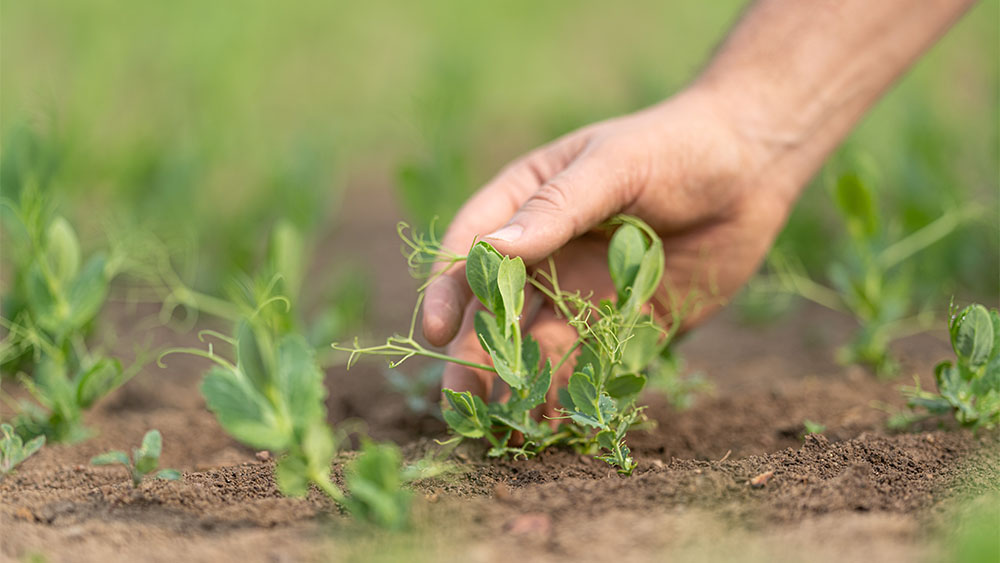
Variable soils enable diesel savings
Most fields have a variation of soil conditions within their boundaries. Heavier soils often mean challenges in creating a seedbed, while some lighter soils tend to self- compact, calling for a more intensive tillage. Today all soil types on a field are often being worked the same way. By adapting the tillage to the soil condition there is a possibility to save diesel while achieving the same yield.
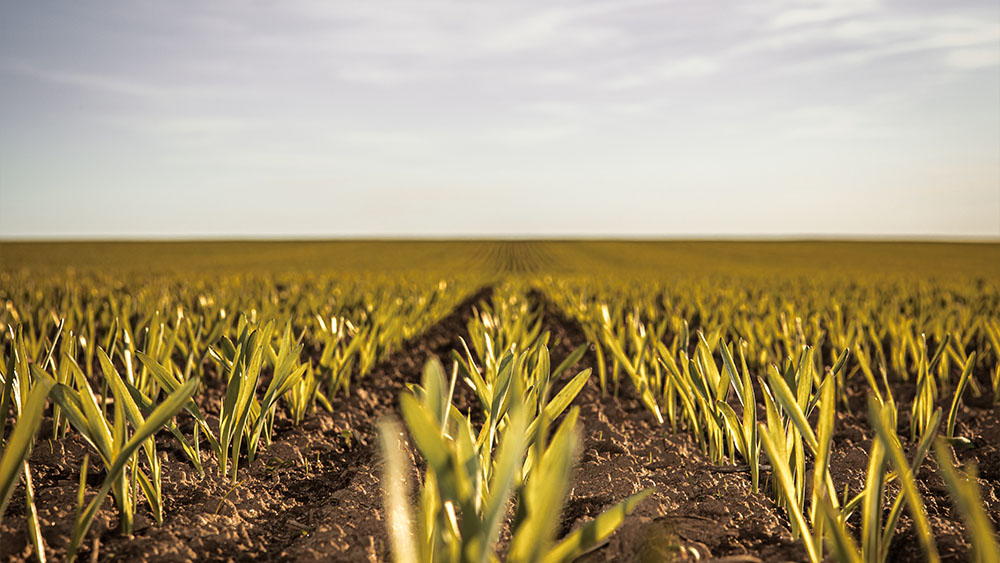
Protect your most valuable asset
Soil should neither be worked too much or too little. By adapting the tillage to the actual needs, we make sure to disturb the soil as little as possible. This minimises the possible negative impacts of tillage, such as carbon losses, moisture evaporation and erosion.
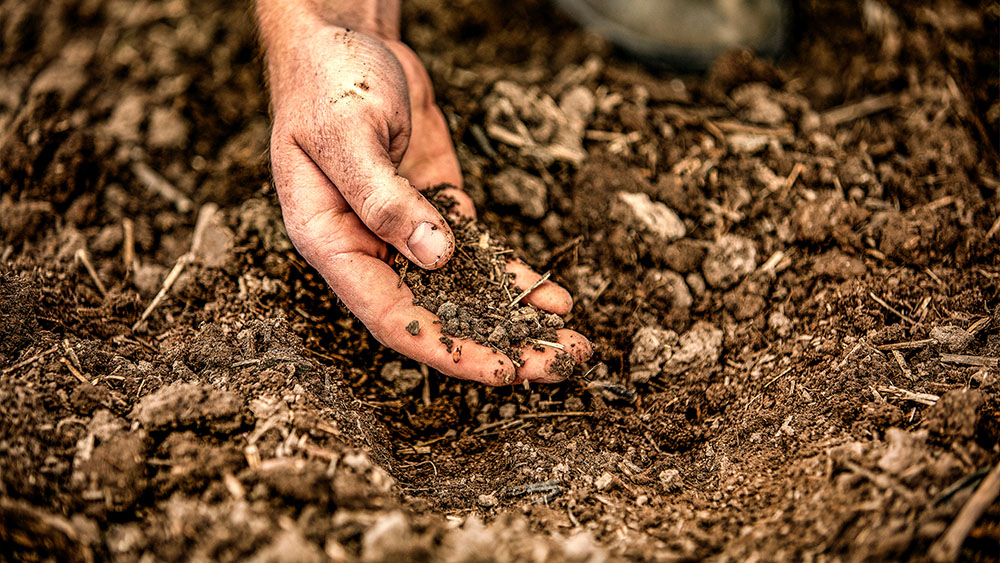
Loosen only where needed
On many fields there is soil compaction of some degree. The problem is that it is seldom evenly distributed. Many times, it is limited to the headlands and tramlines. By increasing the cultivation intensity only on problem areas, the rest of the field can be worked using less fuel.
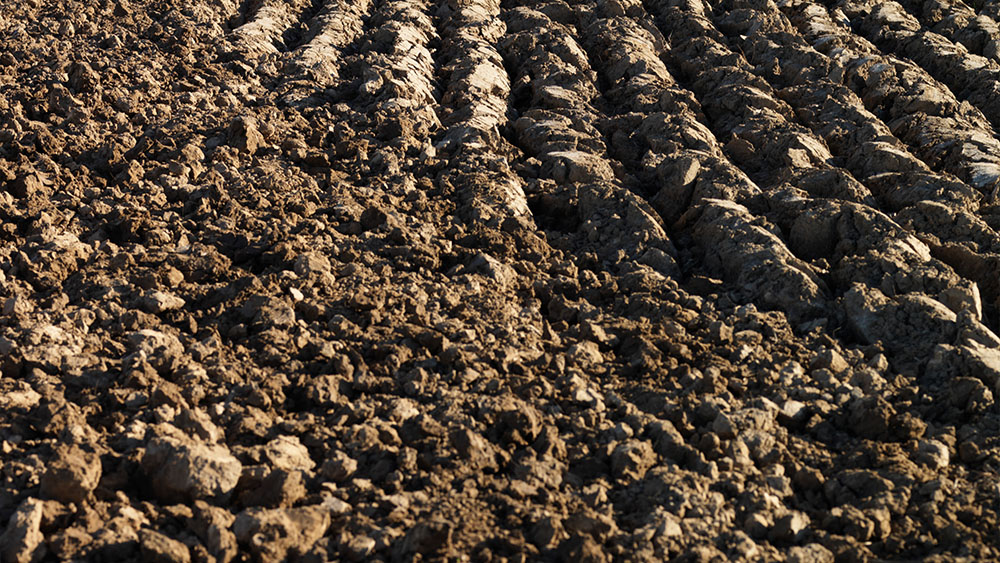
Better reconsolidation
By adapting the reconsolidation pressure according to the working depth, soil type or moisture content in the soil the following crop is guaranteed the best possible growth conditions.
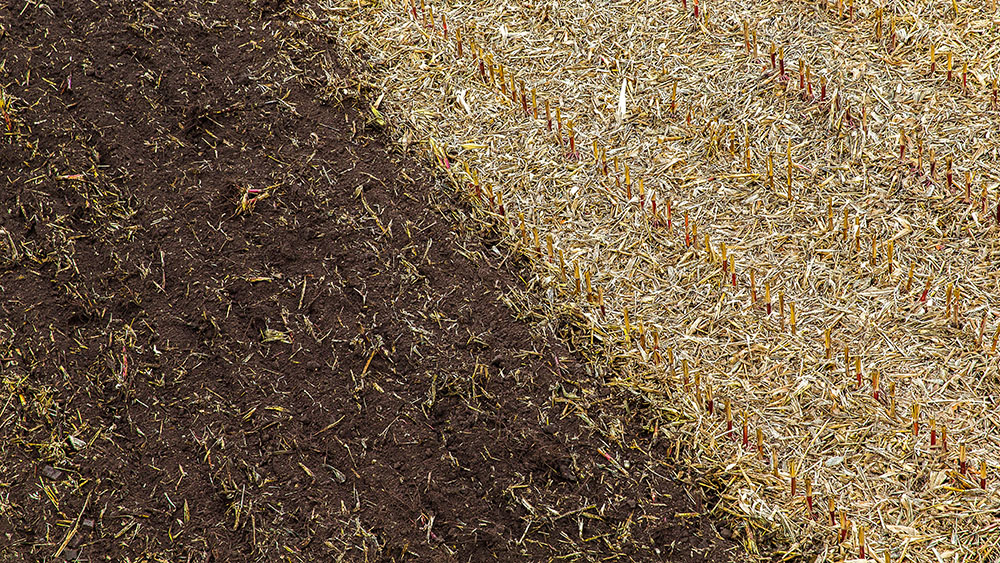
Better residue handling
More residues generally mean a need for more working depth to incorporate them properly. Adapting the working depth to a yield map, enables a better germination and a more even crop.
A machine walkaround with E-services
Farmers' experiences with E-Services
Curious about what farmers think of E-Services on TopDown and Opus?
Watch this short video testimonial and learn about E-Services' impact straight from the farmer.
Accept Cookies to Continue
You need to accept cookies in order to view this feature. Click here to change your consent.
"By being able to vary the working depth of the machine, I can see a benefit in being more efficient in regard to time, fuel cost and the biggest thing to me is not overworking our biggest asset – which are our soils. Having that control with the E-Services is perfect for our business."
Jamie Robson
Thoresby Farming, UK
Full control from the cab
- Individual zone control: Directly from the tractor cab, use the iPad-based control system Väderstad E-Control to adjust the working depth or intensity for the discs, tines, levellers, or packer.
- Pre-set configurations: Four pre-set buttons allow for quick changes between different machine configurations, enhancing field work efficiency.
Prescription map tillage
- ISOBUS-ready: Connect your tractors' ISOBUS terminal to automate the control the machine via prescription maps.
- Automated adjustments: Use prescription maps for automatic machine setting adjustments, optimising the tillage operation based on field map data. I.e. soil type map, yield map, etc.
Variable soil conditions
- Adaptive tillage: Tailor tillage operations to the specific soil conditions of each field to conserve diesel and maintain yields.
- Soil type consideration: Manage heavy and light soils effectively to overcome seedbed preparation challenges and avoid unnecessary compaction.
Target compacted areas
- Focus on problem areas: Increase cultivation intensity only where soil compaction is detected, reducing overall fuel consumption.
- Efficient use of resources: By adapting the cultivating intesity problem areas, the rest of the field benefits from less intensive tillage.
Reconsolidation & residue handling
- Optimised reconsolidation: Adjust reconsolidation pressure based on soil conditions, ensuring the next crop has the best growth conditions.
- Improved residue handling: Adapting working depth according to a yield map allows for better residue incorporation, germination, and crop uniformity.
Protect your soil
- Minimal soil disturbance: Adjust tillage to the soil's exact needs to reduce carbon losses, moisture evaporation, and erosion risks.
- Preserving soil health: Ensuring the soil is worked just enough to meet agronomic needs without overdoing it.


